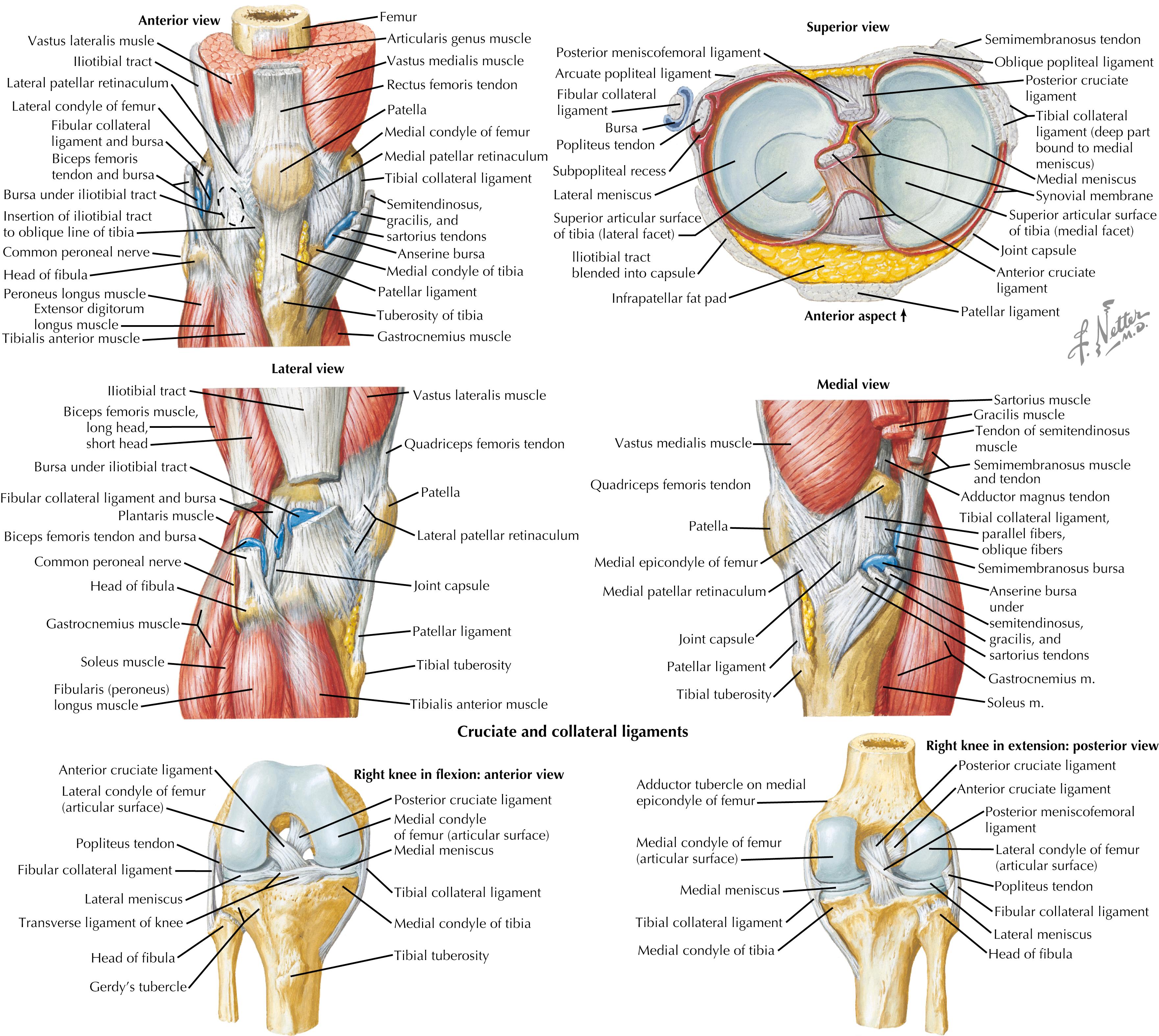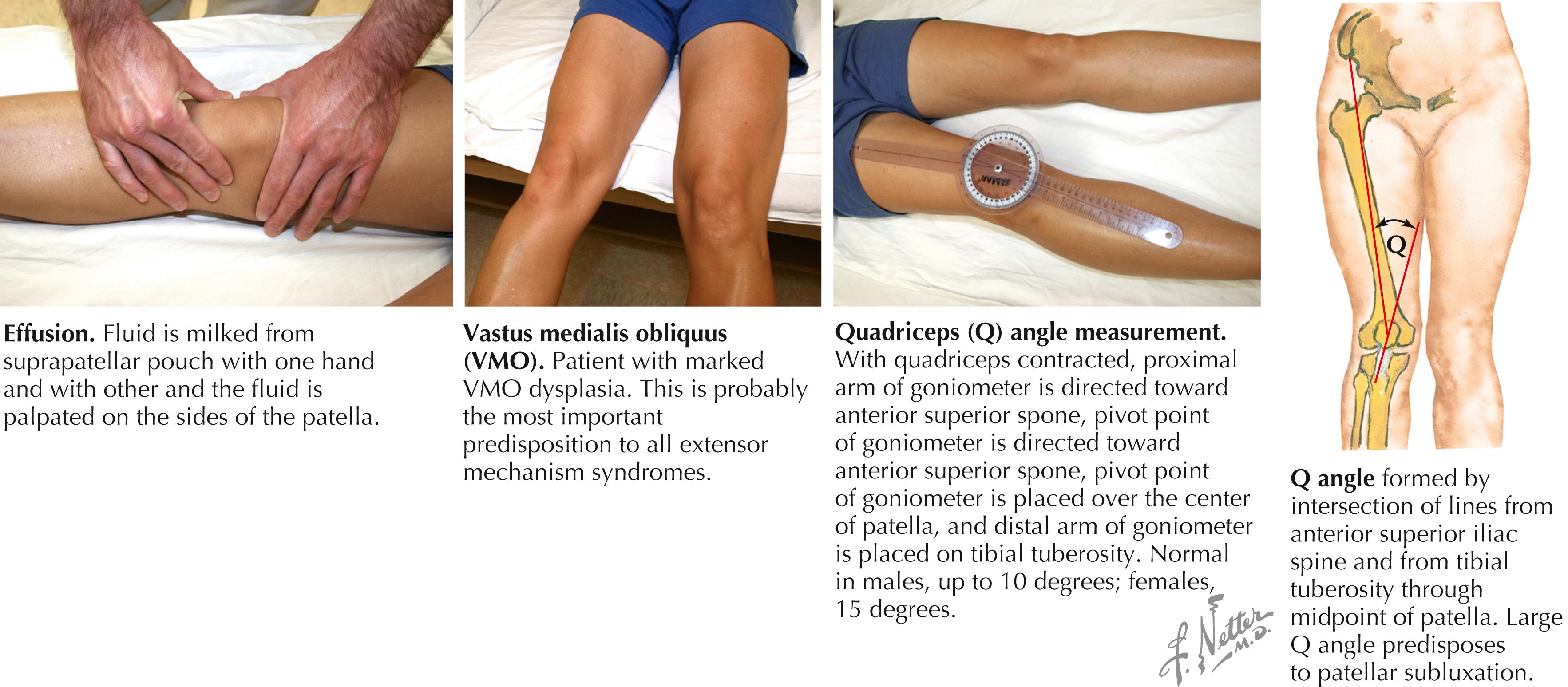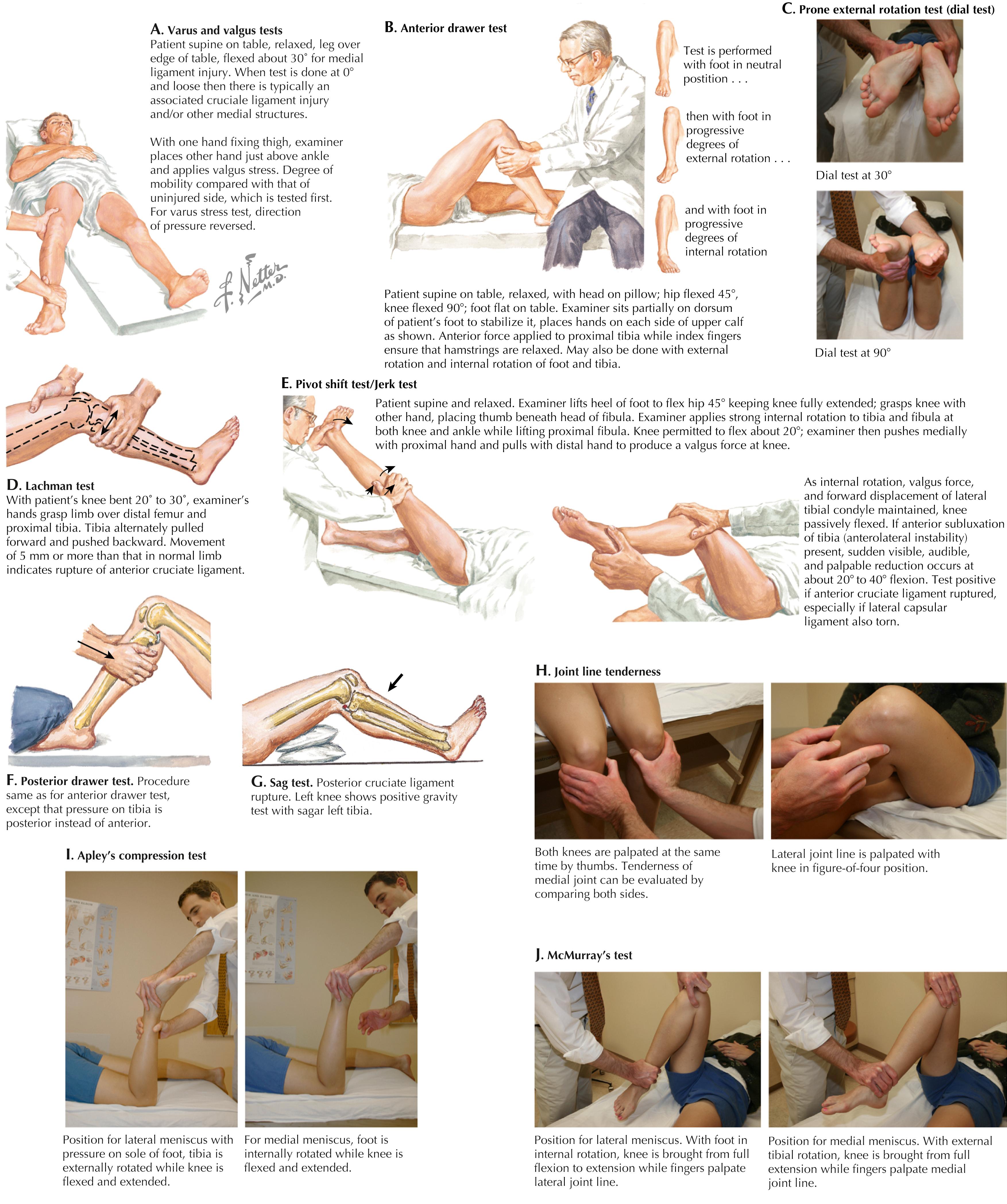Physical Address
304 North Cardinal St.
Dorchester Center, MA 02124
The authors would like to acknowledge the contributions of W. Michael Walsh, MD, in the previous edition.
See Fig. 55.1 .

Alignment of lower extremities: View the patient from the front, side, and back.
Angular and rotational deformities: Excessive valgus, varus, recurvatum, flexion contracture, and femoral or tibial torsion
Foot alignment and mechanics: Excessive cavus or pes planus; heels should invert and arches increase on toe rising
Leg length inequality: Best judged by pelvic levelness on standing
Difference in size of legs: Atrophy of one limb versus hypertrophy of opposite limb
Popliteal masses: May be seen better in the prone position
Patellar position: With patient’s knees flexed 90 degrees, check from the side to judge a high or low position. The anterior patellar surface normally faces the wall in front of the patient sitting with legs over the side of the examination table. View from the front to judge lateral posture. The patella should appear centered in the soft tissue outline of the knee.
Osgood–Schlatter changes: Enlarged and/or tender tibial tuberosity
Vastus medialis obliquus/vastus lateralis (VMO/VL) relationship: With the patient’s knees held actively at 45 degrees of flexion ( Fig. 55.2 ), the distal one-third of the vastus medialis should normally present as a substantial muscle from the adductor tubercle, inserting into the upper one-third to one-half of the medial patella. Dysplastic VMO appears hollow in this normal muscular location (see Fig. 55.2 ); also observe for apparent hypertrophy of VL.

Patellar tracking: Observe on active flexion and extension; watch for excessive displacement of the patella.
Range of motion: Both active and passive; compare the injured with the uninjured side
Muscle bulk: Thigh and calf; can measure circumferences
Quadriceps (Q) angle: With quadriceps contracted, measure the angle between the line from the anterior superior iliac spine to the midpoint of the patella and the line from the midpoint of the patella to the tibial tuberosity (see Fig. 55.2 ); normal in males is ≤10 degrees and in females is ≤15 degrees.
Hamstring and heel cord tightness: See Chapter 42 : “Musculoskeletal Injuries in Sports.”
Range of motion: Lack of full knee flexion may show quadriceps tightness
Popliteal masses: Compare contours with those of the opposite knee
Mechanics of gait: Stance and swing phase from side to side is even; look for limp, other asymmetry, excessive limb rotation, or limb malalignment.
Patellofemoral tracking: Observe the patella closely from the front view.
Joint effusion: With the patient’s knee extended, milk fluid from the suprapatellar pouch, and palpate along medial and lateral sides of the patella (see Fig. 55.2 ). Try to distinguish intra-articular effusion that can be moved about from extra-articular swelling that feels more like thick soft tissue, which is not movable.
Significant areas of tenderness:
Menisci: medial and lateral joint lines
Ligament attachments: medial femoral epicondyle, adductor tubercle, lateral femoral epicondyle, proximal medial tibia
Tendons: patellar tendon, quadriceps tendon, popliteus tendon, hamstrings
Bursae: prepatellar, pes anserinus, tibial collateral ligament, deep infrapatellar
Other: patellar facets, extensor retinaculum
Crepitation: During range of motion —from any rough joint surface (particularly patellofemoral joint), fractures, or soft tissue thickness; patellofemoral compression —longitudinal and/or transverse compression of the patella against the femur. Examine for crepitation or ask regarding any elicited pain.
Muscle tone: Overall turgor of muscle tissue; may be decreased early after injury, even if the bulk still measures normal
Perform all tests on an uninjured knee first to establish “normal” baseline for that patient ( Table 55.1 ).
| Test | Injured Structure |
|---|---|
| Valgus stress test at 30 degrees and 0 degrees | 30 degrees: Medial collateral ligament 0 degrees: Posteromedial corner, medial collateral ligament, posterior cruciate ligament, possibly anterior cruciate ligament |
| Varus stress test at 30 degrees and 0 degrees | 30 degrees: Lateral collateral ligament 0 degrees: Posterolateral corner, lateral collateral ligament, posterior cruciate ligament |
| Lachman test | Anterior cruciate ligament |
| Anterior drawer test | Anterior cruciate ligament, but affected by other structures such as collaterals |
| Pivot shift test/jerk test | Anterior cruciate ligament |
| Posterior drawer test | Posterior cruciate ligament |
| Gravity or sag test | Posterior cruciate ligament |
| Posterolateral drawer test | Posterolateral corner structures |
| External rotation recurvatum test | Posterolateral corner structures |
| McMurray test | Menisci |
| Apley compression test | Menisci |
| Apprehension test | Medial patellofemoral ligament and retinaculum |
| Prone external rotation test (dial test) | Posterolateral corner structures |
Valgus stress test at 30 and 0 degrees: The patient is supine and relaxed, with the thigh supported on the table. The examiner applies valgus force at the foot while using other hand as a fulcrum along the lateral side of the joint. Watch and feel for medial joint line opening. Perform first with the knee flexed to 30 degrees, then with maximum possible extension or hyperextension ( Fig. 55.3 ).

Anterior drawer test with external rotation of tibia: The patient is supine and relaxed, with the hip flexed to 45 degrees and knee to 90 degrees. Externally rotate the foot 30 degrees; then, pin the foot to the table with the examiner’s thigh. Grasp the proximal tibia with both hands and pull toward the examiner. A positive test is excessive anterior rotation of the medial tibial condyle (see Fig. 55.3 ).
Become a Clinical Tree membership for Full access and enjoy Unlimited articles
If you are a member. Log in here